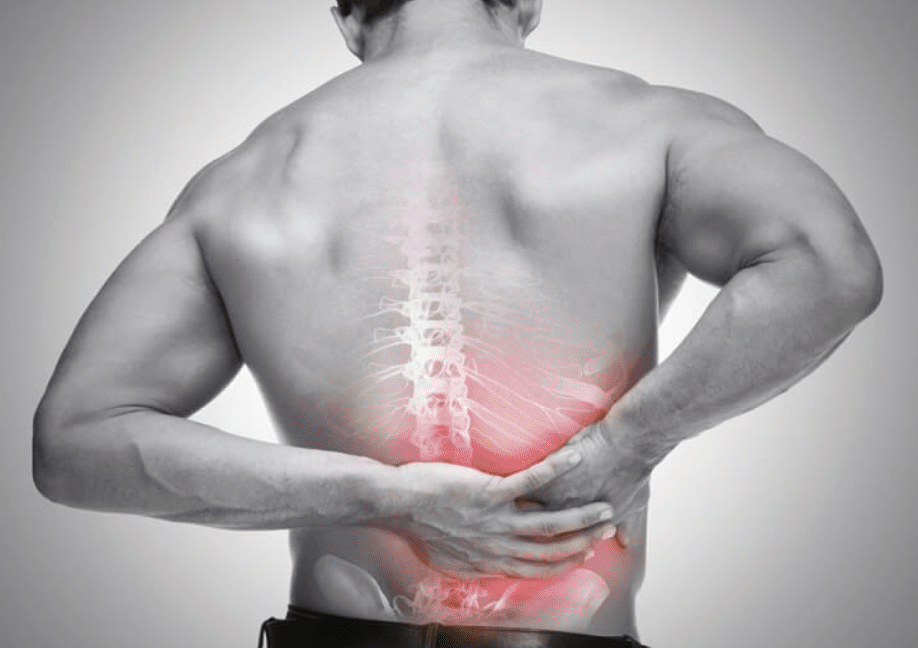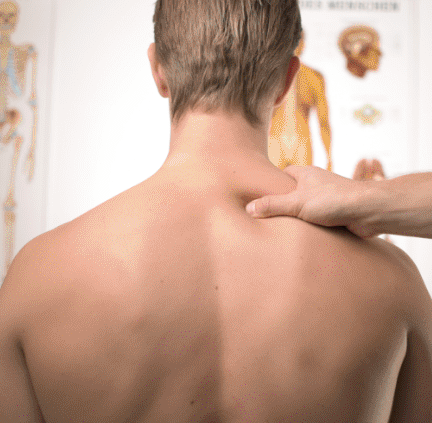The American Society of Clinical Oncology estimates 174,650 cases of prostate cancer this year alone. As the most commonly occurring type of cancer in men–mostly those over the age of 50.
Continue reading “Is Back and Hip Pain a Symptom of Prostate Cancer?”







